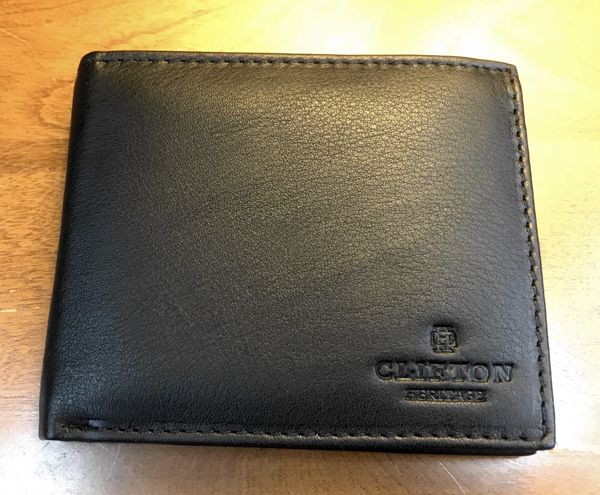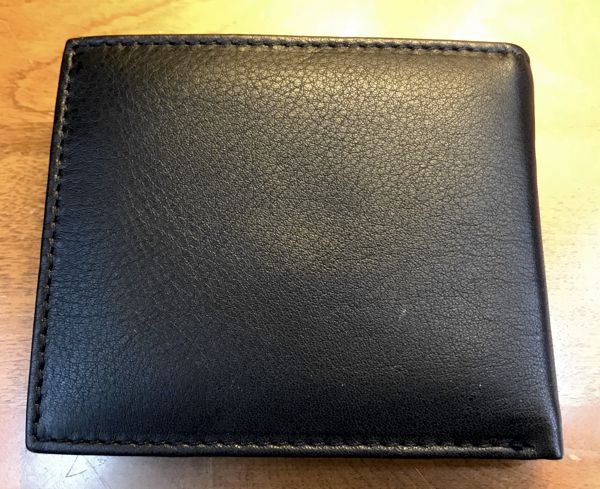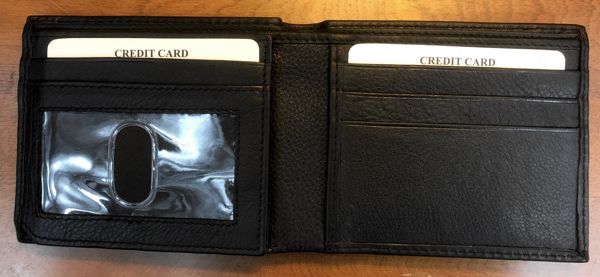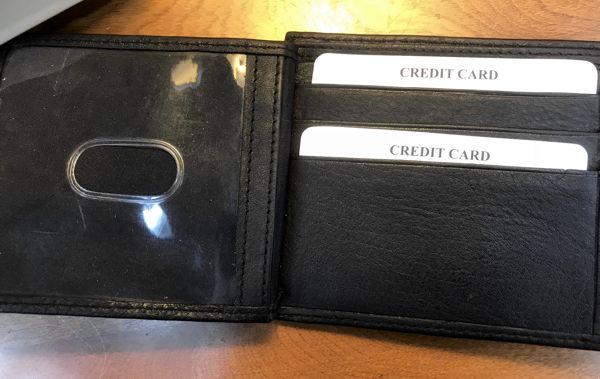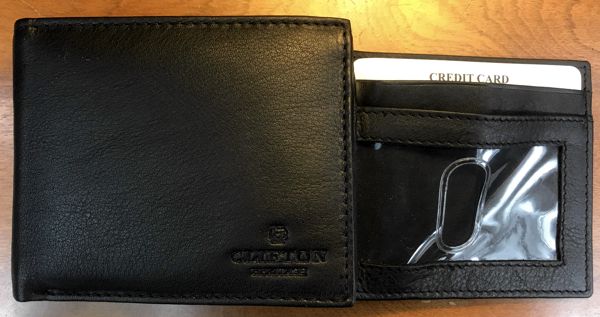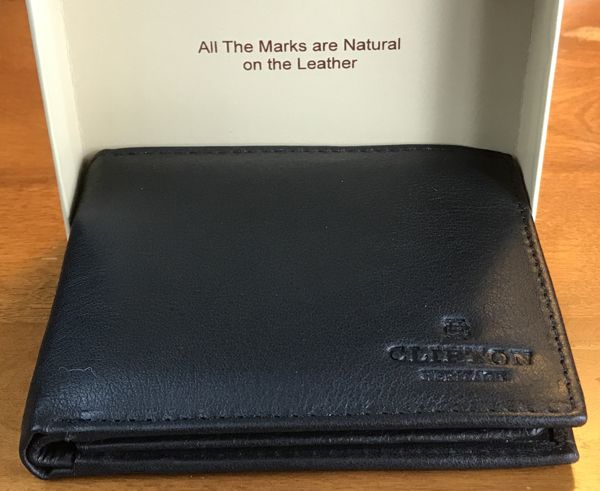In 2007 I started using an RFID wallet–not this Clifton Heritage RFID Leather Wallet–and back then, many people didn’t understand the need for one. These days however, people’s attitudes are slowly changing, and we are seeing more products to help us keep our information from being stolen.
What is RFID? RFID stands for radio-frequency identification, which allows special chips called RFID tags to be placed on most anything–inventory, credit cards, livestock, smart fobs, passports–you name it. These chips contain electronic information that can be read when the chip comes close to a special RFID reader. This is the idea being “contactless payments” – you place your card near the reader and information is wirelessly transmitted to process your payment transaction.
The problem of course is that thieves and other attackers can also scan your RFID chips with their own RFID readers. The idea behind an RFID wallet is that the wallet contains electromagnetic shielding to prevent the information on the RFID chips from being read by the RFID readers. If you’ve heard of a Faraday cage, think of an RFID wallet as a Faraday cage for whatever you keep in your wallet.
This RFID bi-fold wallet from Clifton Heritage is made from genuine leather. The brown leather is very soft and slightly grainy, and has overall dimensions of 4.5" wide by 3.75" tall by about .5" thick. In the lower front of the wallet bears the maker’s stamp. The wallet has two compartments for bills separated by a fabric material, and the front and back inside each has three dedicated credit card slots. The wallet also has an extra flap that folds out–this flap has one credit card slot (for a total of seven credit card slots), a slot with a clear window for your driver’s license, and a larger 3" x 3.5" slot also with a clear window. This flap makes it very convenient to quickly keep the flap out for identification or authentication purposes with the rest of the wallet closed.
The wallet is slightly stiff due to the RFID shielding. The wallets have been tested for blocking 113.56 MHz frequency signals, which is used in credit cards, debit cards, driver licenses, and some ID cards. Other chips operate can operate at 125 KHz, for example some hotel cards, so this wallet will not block those signals.
Do you need an RFID wallet? That’s a personal choice. The US is finally catching up to Europe by implementing chip-and-pin controls (known as EMV), so the threat of RFID-skimming your credit card information is being reduced. And the average person is more likely to fall victim to social engineering, poor password management, and credit card skimmers on gas pumps than a thief walking by with an RFID antenna. However, if you attend a conference or a concert, your chances of being skimmed go up. Further, some people do have RFID cards that are not credit cards, such as building entry keys. And, a little dose of prevention is worth the time you’ll save not having to fix your financial records after falling victim to identity theft. So if you are concerned about electronic pickpocketing, this wallet is a fine choice, and cheap insurance.
Availability and Pricing on Amazon: Clifton Heritage RFID Leather Wallet (aff)
